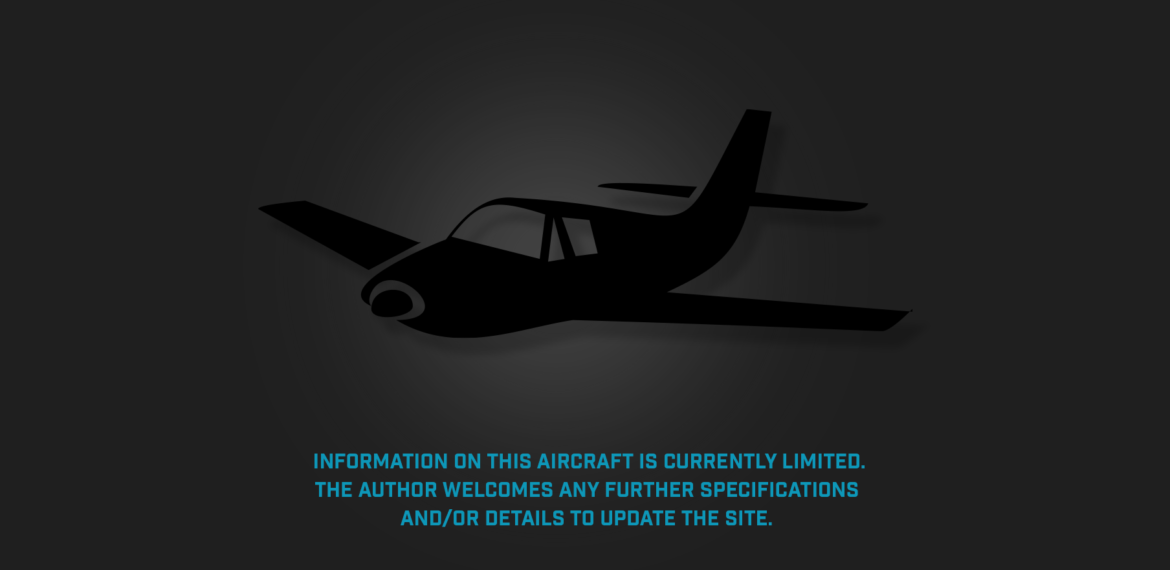History:
In May 2003 Mr Lance Watson gave evidence to the Australian House of Representatives Transport and Regional Services Committee of a proposal by his Company to develop an aircraft able to serve remote communities at ‘bus fare prices’. This light utility aircraft was based on the Britten Norman Trislander but powered by a 746-kw (1,000-shp) Honeywell TPE331 turboprop in the position on the tail normally taken by the third engine. The aircraft would have the centre of Gravity maintained by an extension to the forward fuselage by 76-cm (30-in) and would have seating for a pilot and 19 passengers.
One of the design features was the ability to keep the engine running whilst reloading and refuelling. The Company stated it had and owned twelve incomplete Trislander kits built in Romania and these would be used to launch the programme and commence production, with further demand being met by the import of new aircraft kits from Romaero in Romania. At the Australian International Airshow event at Avalon early in 2003 a model was on display to the public. Production of two prototypes was expected to begin in 2006. By 2007 the company was registered at Neves in the West Indies, and in 2008 Three Sixty Inc of Delaware obtained the shares of the company and it was renamed IAHL Corp.
As far as is known no aircraft were completed.
Wingspan 16.15 m (53 ft); length 15.77 m (51 ft 8¾ in); height 4.32 m (14 ft 2 in); wing area 31.31 m² (337 sq ft); cruising speed at 3,048 m (10,000 ft) 315 km/h (196 mph); stalling speed, flaps down 93 km/h (58 mph); max rate of climb 305 m/min (1,000 ft/min); take-off run 412 m (1,350 ft); landing run 258 m (845 ft); endurance 6 hrs 30 mins; range 1,852 km (1,150 miles); empty weight 2,359 kg (5,200 lb); loaded 4,535 kg (10,000 lb).
Further information:
Information on this aircraft is currently limited. The Author welcomes any further specifications and/or details to update the site.

